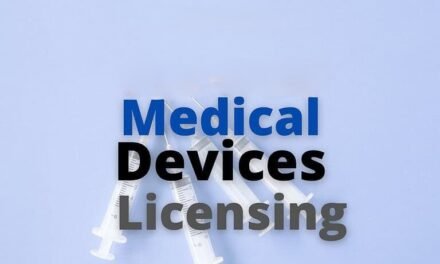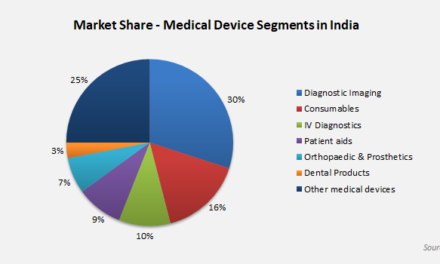
Can you support us in maintaining cold chain logistics, if needed for Medical Device?

Here’s a comprehensive approach on how to manage this crucial aspect of medical device logistics:
1. Cold Chain Requirements Assessment
- Temperature Sensitivity: Identify the temperature requirements of the medical devices you are handling. This includes determining the acceptable temperature range and the duration devices can safely spend outside this range.
- Regulatory Compliance: Ensure understanding and compliance with international and national regulations regarding the transport of temperature-sensitive medical devices.
2. Selecting the Right Packaging Solutions
- Insulated Packaging: Use validated thermal packaging solutions, such as insulated boxes, thermal blankets, and refrigerant packs (gel packs or phase change materials), that are proven to maintain temperature within the required range for the expected duration of the transit.
- Packaging Testing: Conduct performance qualification tests on your packaging solutions under different conditions to ensure they meet the required standards.
3. Logistics Partners and Carriers
- Specialized Carriers: Partner with logistics providers that have specific expertise and capabilities in handling cold chain logistics. They should have the necessary equipment, such as refrigerated trucks and containers.
- Service Level Agreements (SLAs): Define clear SLAs with these partners that specify temperature control requirements, handling procedures, and contingency plans.
4. Use of Technology for Monitoring and Control
- Temperature Monitoring Devices: Equip shipments with data loggers or real-time GPS-enabled temperature monitoring devices to track the temperature throughout the supply chain.
- Remote Monitoring: Implement systems that allow for real-time monitoring and alerts if temperatures deviate from the set range, enabling immediate corrective actions.
5. Training and Procedures
- Staff Training: Ensure that all staff involved in the cold chain logistics process are trained on the importance of temperature control and the specific procedures to follow.
- Standard Operating Procedures (SOPs): Develop and implement SOPs that detail every step of the cold chain process, from packaging and warehousing to transportation and delivery.
6. Validation and Qualification
- Route Validation: Validate the transportation routes to identify potential risk points and ensure that the logistics setup can maintain the required temperatures throughout the route.
- Equipment Qualification: Regularly qualify all equipment used in cold chain logistics, such as refrigeration units and thermal containers, to ensure they are functioning correctly.
7. Inventory Management
- Staging and Buffer Stocks: Strategically locate buffer stocks in key geographical locations to minimize long transit times and reduce the risk of temperature excursions.
- Turnover Practices: Implement first-expire-first-out (FEFO) practices to ensure that no products are kept in storage or transit beyond their stability limits.
8. Contingency Planning
- Backup Plans: Have contingency plans in place for equipment failures, extreme weather conditions, and other disruptions. This might include backup refrigeration options or alternative storage and transportation arrangements.
- Emergency Response: Develop and train teams on emergency response procedures to handle temperature excursions or other logistics failures effectively.
9. Documentation and Compliance
- Documentation: Maintain detailed records of all cold chain logistics operations, including temperature data and compliance checks. These are crucial for regulatory audits and quality assurance.
- Continuous Improvement: Regularly review the effectiveness of the cold chain logistics process and make improvements based on the latest technologies, regulatory changes, and operational feedback.




























